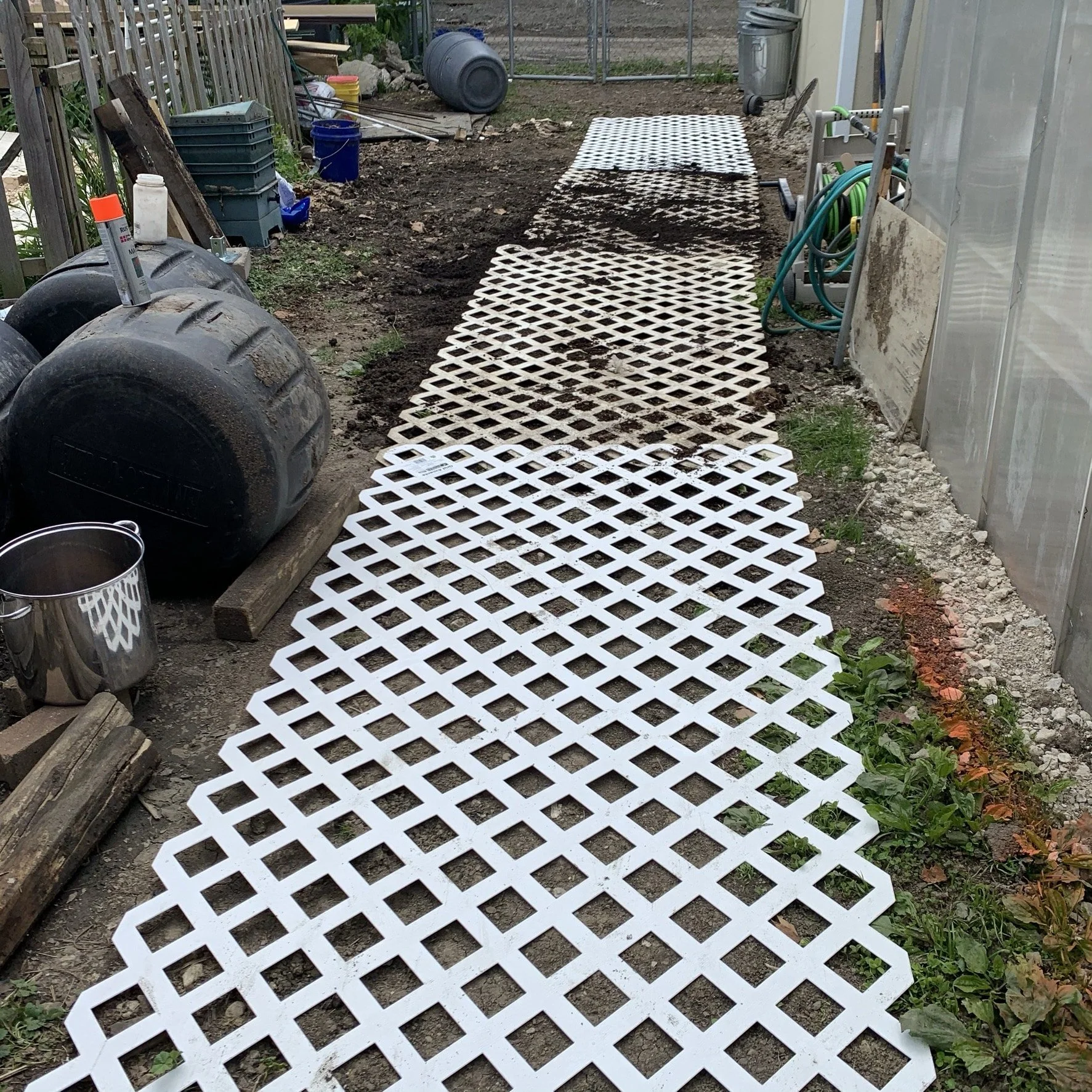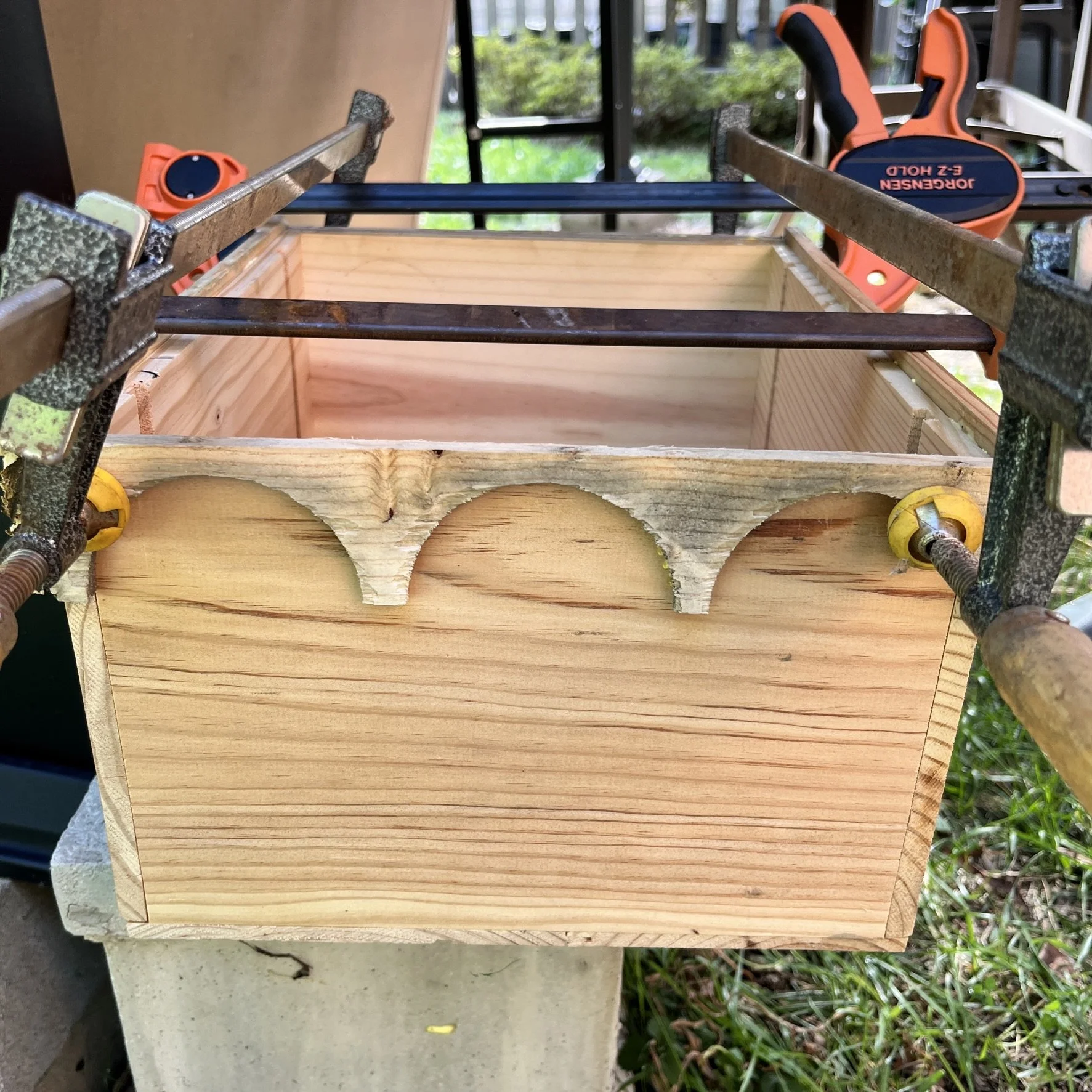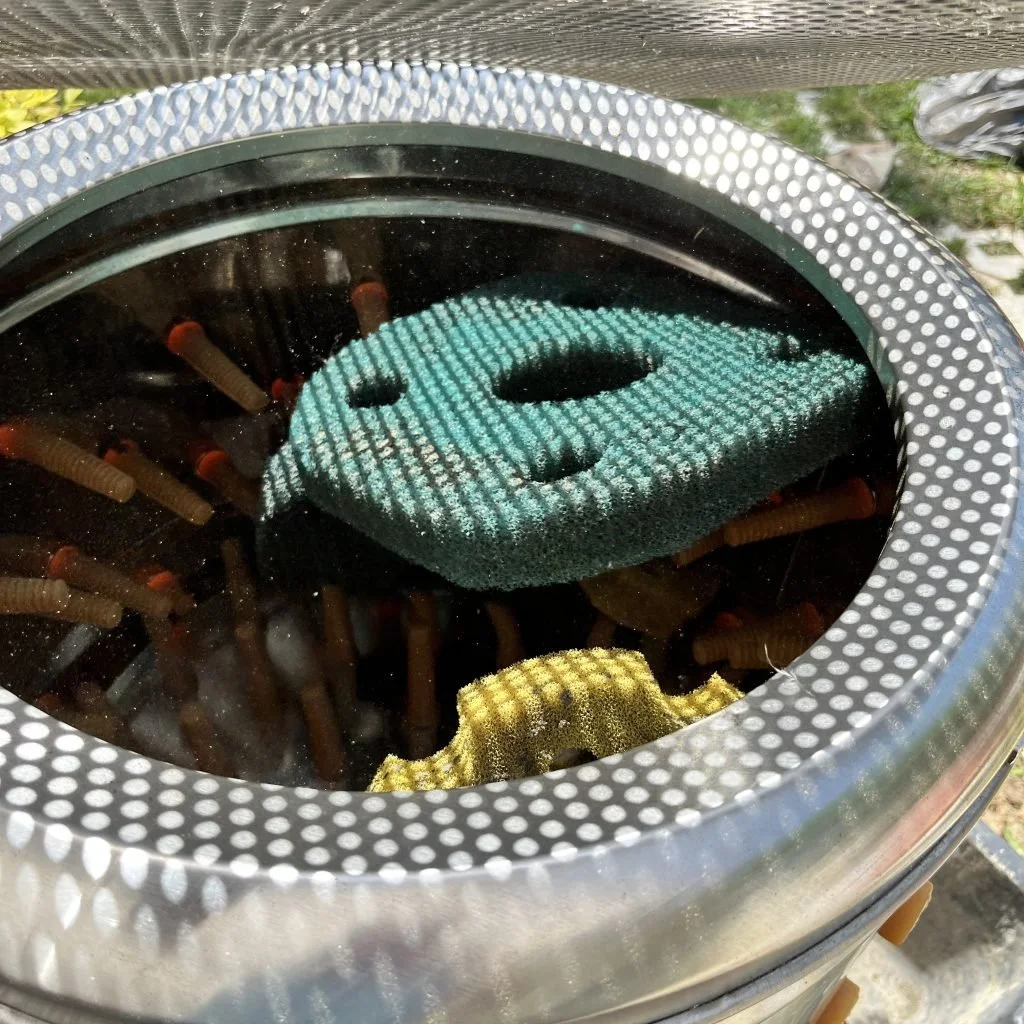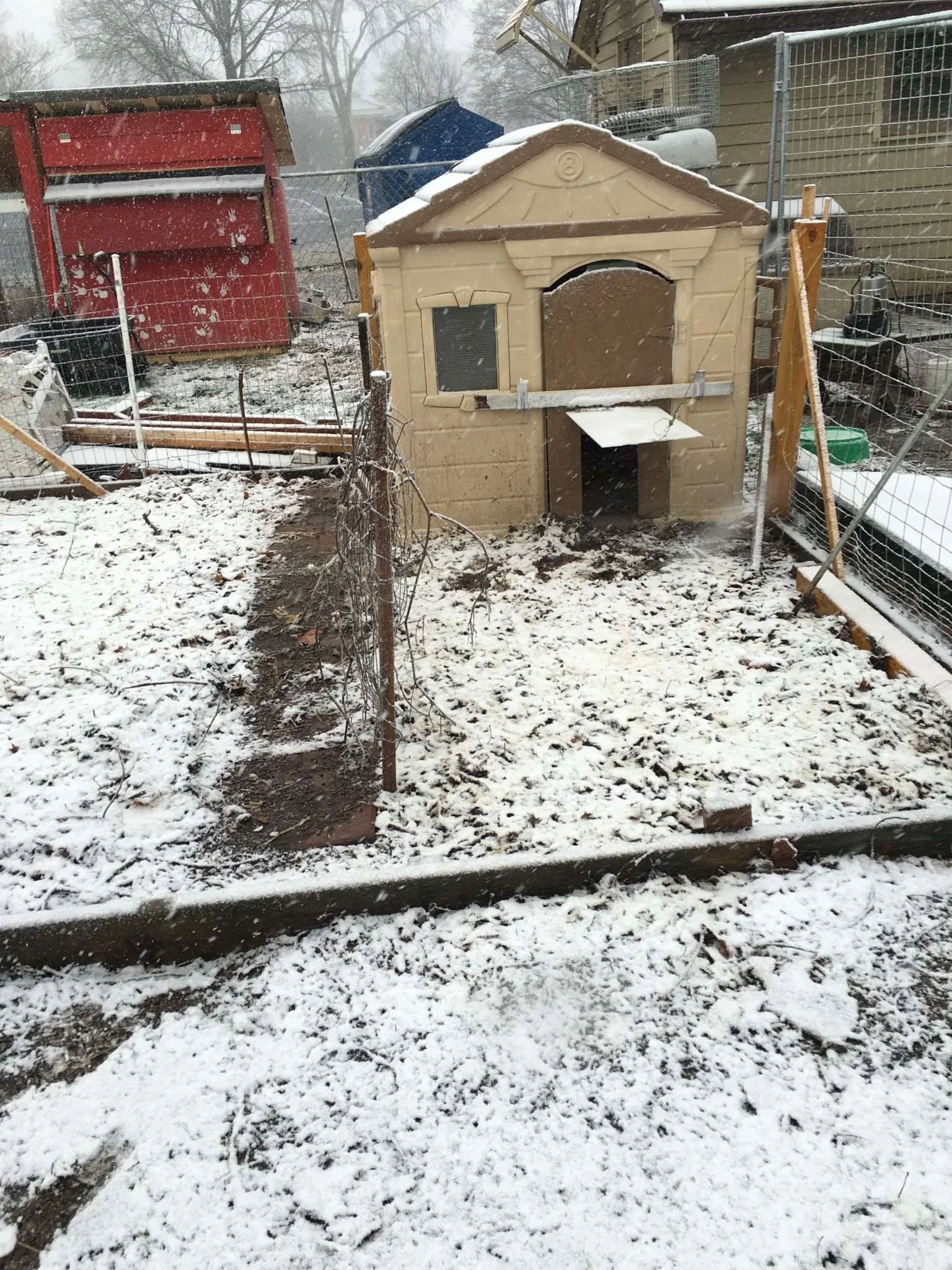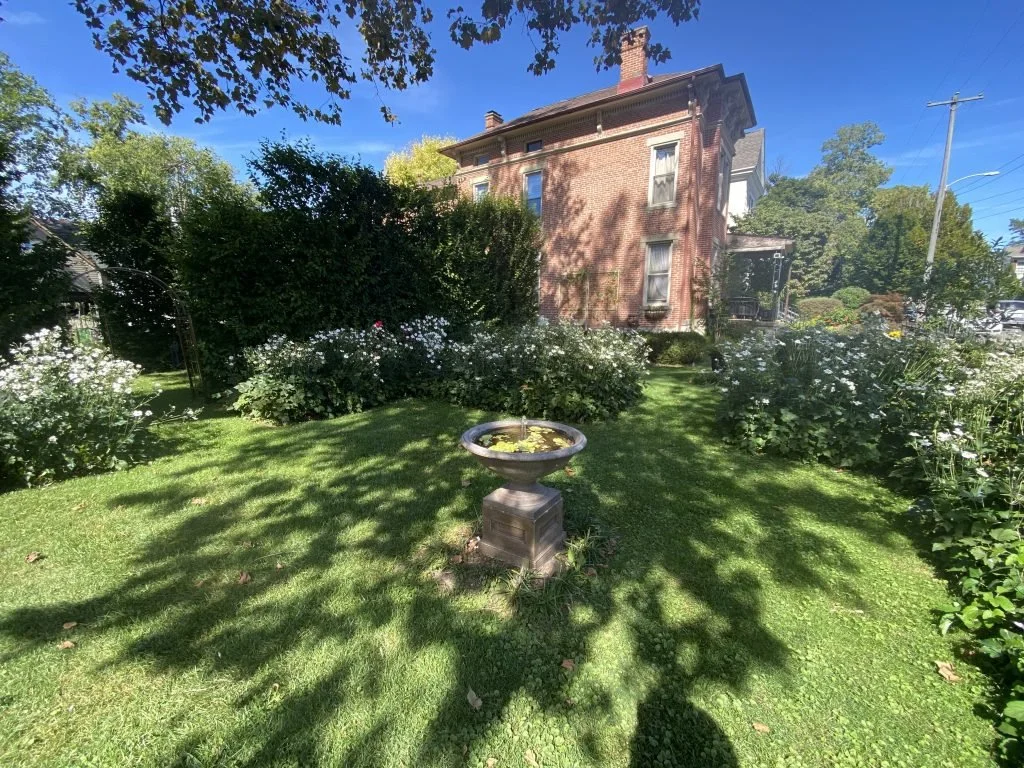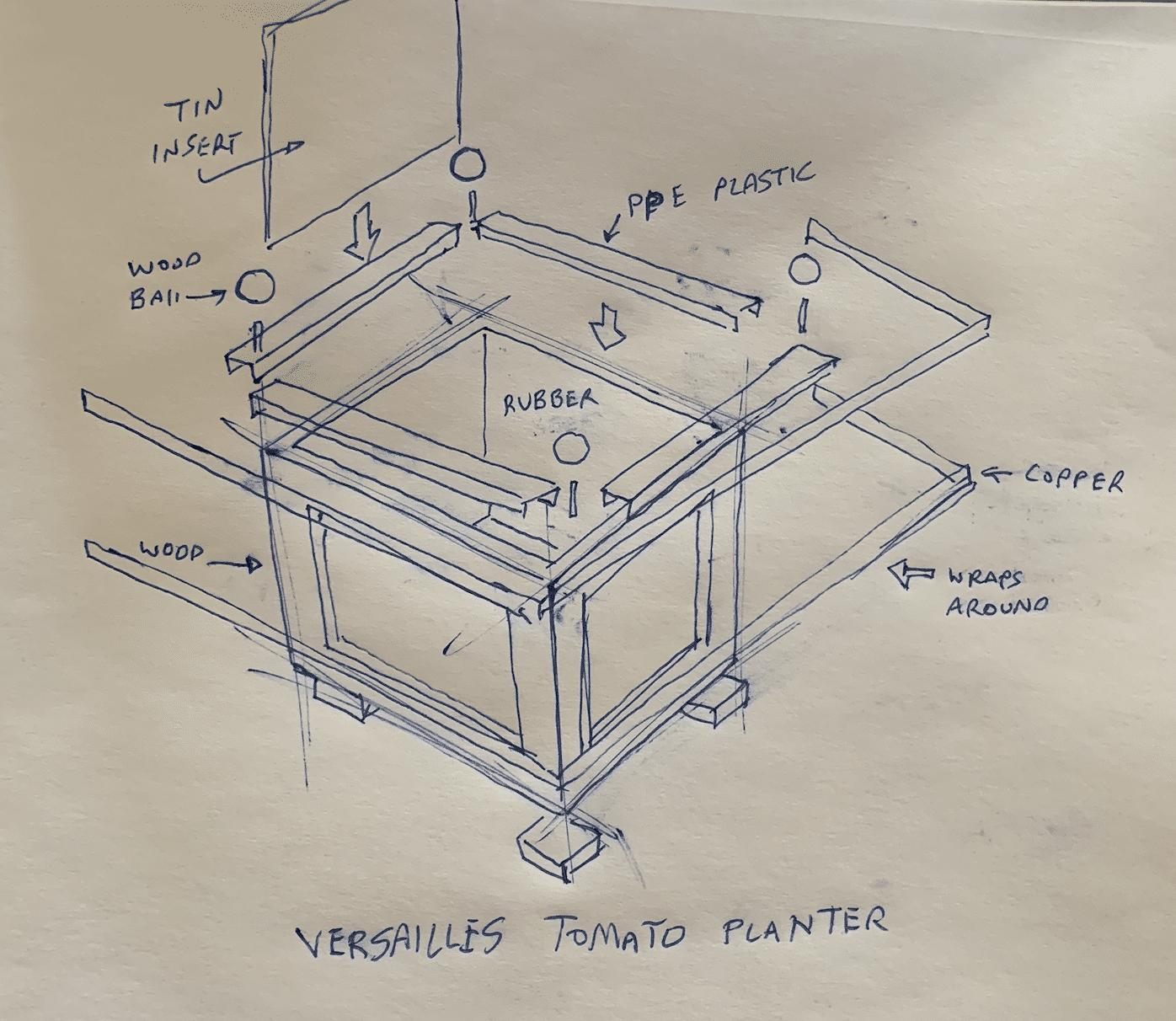Responsible Consumption and Production IS Sustainable
Responsible Consumption and Production IS Sustainable
Warning! Huge Gallery Below!
Creating green pavement
Responsible Consumption and Production IS Sustainable
All of these clothes are made or bought used
Recycling water
Reusing IBC totes to make compost
Wine cases become water evaporators
Wine case after...
Renewables and the Reuse of Plastic Containers
Wine bags become fertilizer dispensers
TChicken pluckers also clean and capture algae
Clean Sponges Versus Dirty Sponges
A shredded mass of cardboard
Cardboard from Costco and Amazon
Recycling bioproducts with totes and rain gutter elboes
We can make resources from other resources
sump pump tanks become biofilters
My first chicken coop, long before I introduced ducks to the ecosystems.
Playhouses become chicken coops
Recycling algae to the shock of kids
Rainwater cleaned, collected and reused
Every plant you see here is from cuttings
This garden is all cuttings
a Victoria's Secret box...
becomes a planter box
Periodic table of life
We most definitely recycle atoms and molecules!
As you can see from the massive gallery above, I am passionate about the idea that responsible consumption and production IS sustainable. Mezzacello itself is recycled. In 1868 it was a farmhouse and farm outside the city limits of Columbus.
When you have nothing, $100 might as well be $1,000,000.
Richard Riley
Now it is an Urban Farm and Biological/Agricultural Learning Lab to help inner city kids understand Applied STEM, Life Sciences, and Applied STEM in a farm environment. I love what I do and I do this particular UN 17 Sustainable Development Goal very well.
Our Founding Mission
Grow, Maintain, Sustain, Explain
Jim Bruner and Richard Riley
In 2014 Rick and I bought these abandoned property on Columbus' near east side. This is what it looked like then.
The original state of the yard, just after we removed all the overgrown vegetation.
From grass, dog feces, drug needles, and oh so many weeds, we built an urban farm and food oases in the middle of the city. We used our own money, labor and time - nothing is more responsible or sustainable than that.
The Seduction of Consumerism and Convenience
Would it have been easier to just pay to have this done? The pointed answer is no. No one really knew we needed a system like this, least of all us, we just wanted it.
In our society, convenience is king. Save time waste money, bolster the economy and buy buy buy. My husband, Rick has a quote that I love. It's "w"When you have nothing, $100 might as well be $1,000,000."
That quote has always STUCK with me. I suspect that is truth for 80% of the US and 95% of the world. That is why this UN 17 SDG Goal 12 resonates with me so well.
I grew up lonely and poor. I have never known wealth or an easy life. Until I founded Mezzacello.
It is astounding how much joy comes from action and passion to a mission and a purpose. That is what these UN 17 SDGs are - Mission and Purpose for creating a world worth living in. I am all in on that - it is a transformational way of looking at the world.
It's Not Living In Scarcity; It's Living in Compassion
To many many people reducing consumption and living with a recycled aesthetic is an admission of defeat or a fear of scarcity. Search your feelings, you know this to be true. Nothing could be further from the truth though.
This planet is drowning in plastic, pollution, waste and poor decisions. We cannot keep taking and taking and taking and giving nothing back. That is the absolute OPPOSITE of sustainability.
Pride and vanity are really the enemy of sustainability. They cry out for more, more, more! But ask yourself -intimately - what do you get in return?
A life lived in service is the most profound transformation any human can experience. Caring and compassion in a world gone mad are acts of rebellion and courage. Be that, be better than fear; be hope, grace, kindness wisdom.
Try living this way for SIX months. Be MINDFUL of new over recycled. It will save you money, give you peace, and most importantly help everyone on this planet in some small way.
Change doesn't have to be all or nothing. The best change is gradual and focused. The most effective change starts with you and your next decisions over the next six months.



